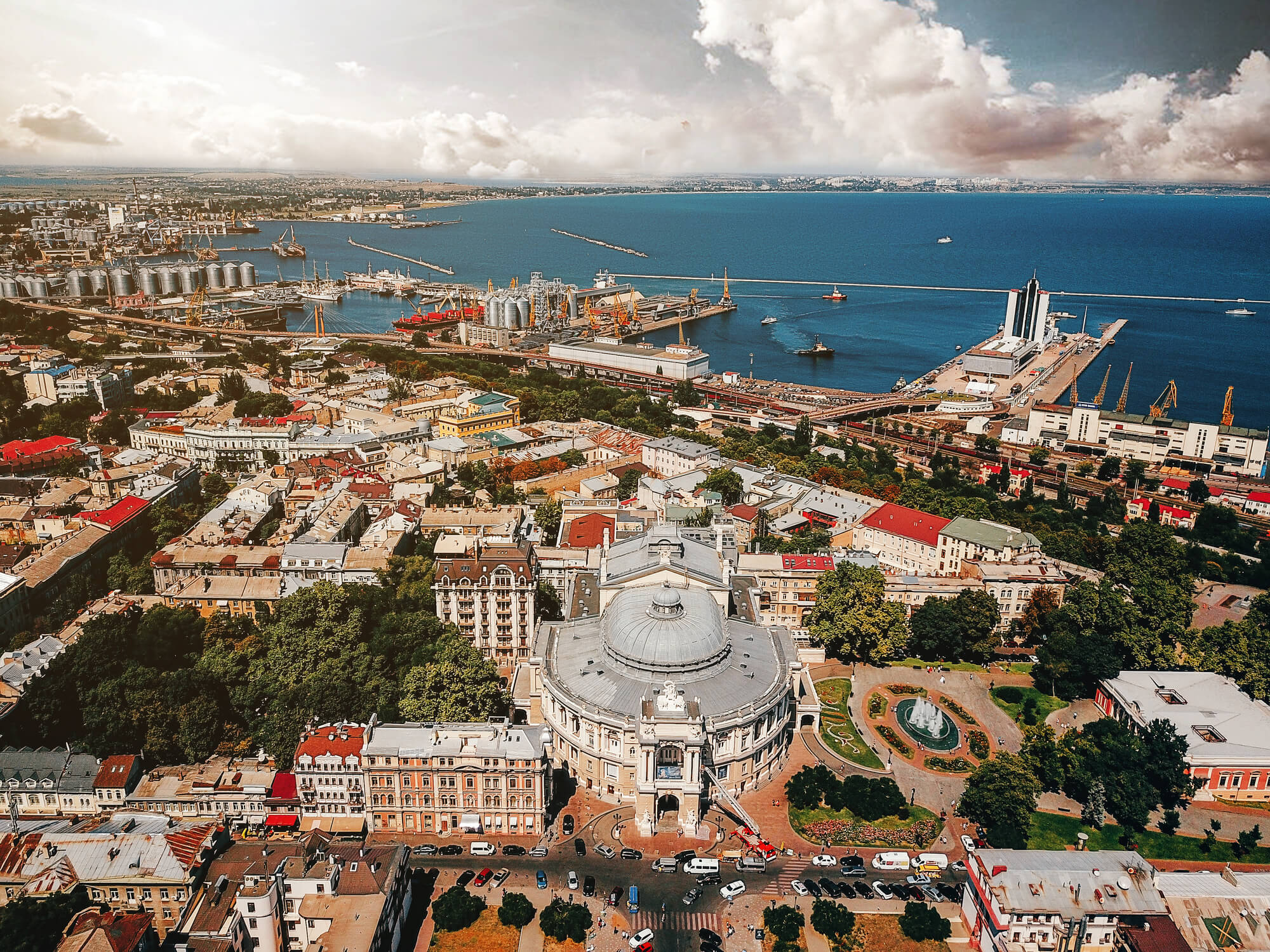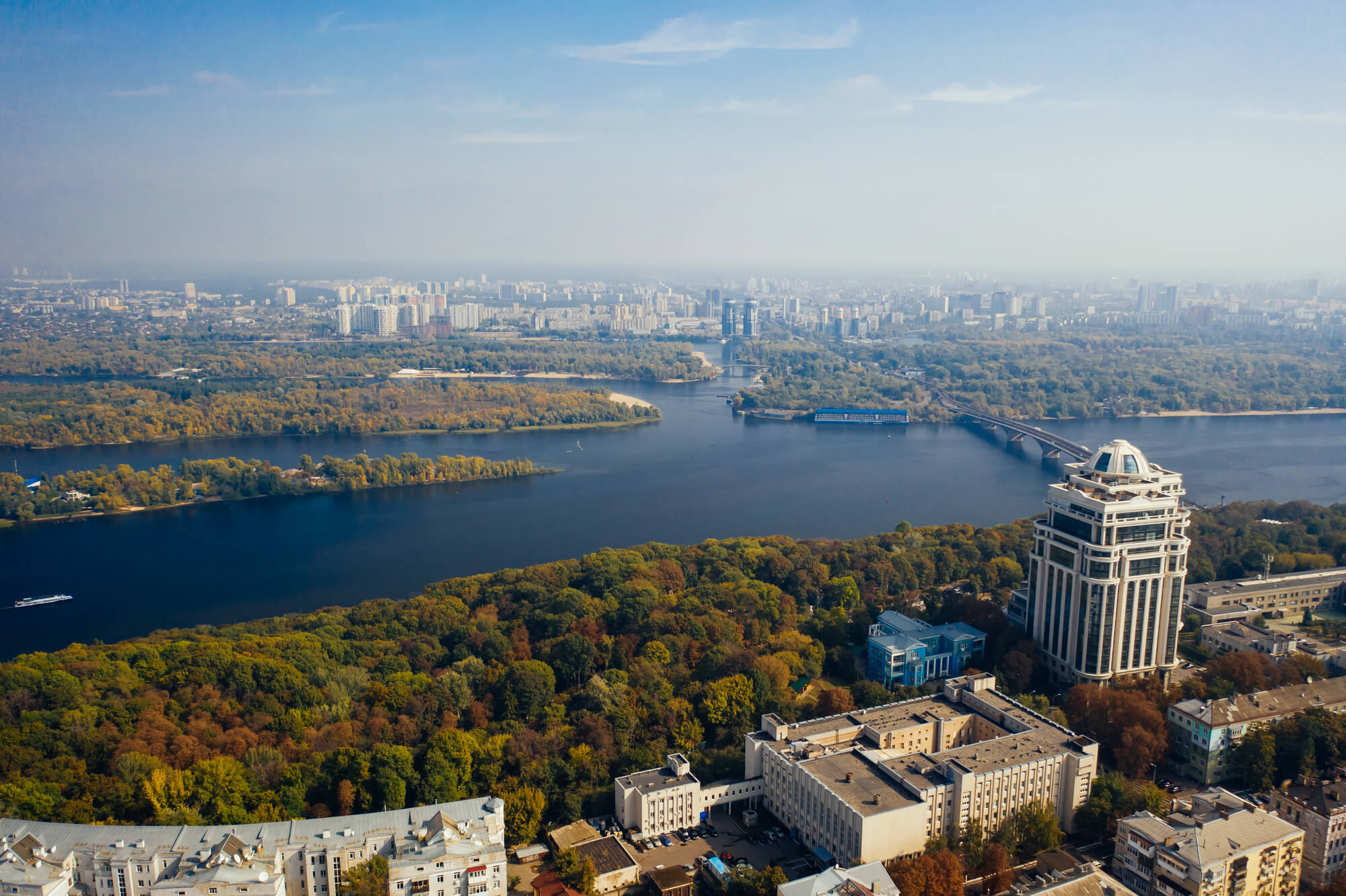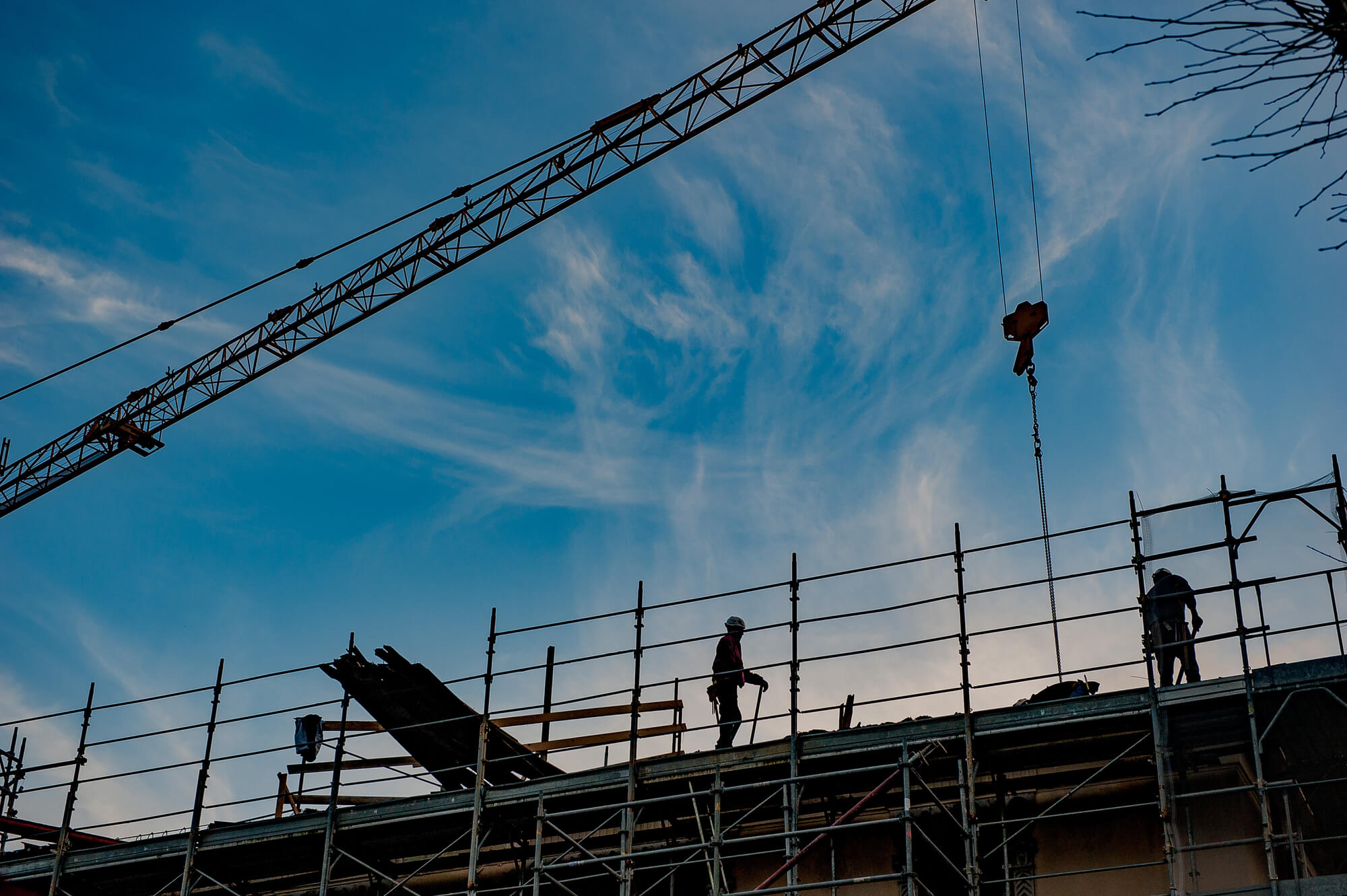The latest guest of the “Reconstruction” podcast is Olha Kosharna, a PhD in Chemistry and co-founder of the NGO Anti-Crisis Expert Nuclear Center of Ukraine. We discussed with the expert how Russian shelling has affected the operation of nuclear power plants, the realistic chances of accidents at the stations, and the prospects for the coming winter.
On the security threats to nuclear power plants
“Classical” blackouts are related to strikes on transformer stations. Of course, this threat remains, increasing with the approaching autumn-winter period.
Immediately after the first massive attacks on the power system in November 2022, independent experts and representatives of Energoatom developed a system to prepare for such missile strikes. Employees of the Defense Intelligence of Ukraine (HUR) were also involved in producing this plan, as, for example, timely detection of the takeoffs of Russia’s strategic aviation creates a “window” to implement additional security measures.
The key points of the podcast were compiled by Maksym Yovenko, an assistant for the Reforms Index project.
Of course, shelling can still damage transformer systems while the power units are operational. Theoretically, this could lead to leaks of radioactive substances, but modern protection systems are automated to shut down power units in critical situations.
However, ensuring nuclear power plants are safe from accidents comes at a cost. According to current legislation, power units cannot simply be turned off and on. To bring them back to full capacity, all systems must be thoroughly checked, which also takes a considerable amount of time.
On the risks for the ZNPP
The most dangerous period for the Zaporizhzhia Nuclear Power Plant (ZNPP) was in August 2022, when both the 5th and 6th power units were operating simultaneously.
At the beginning of the full-scale invasion, when the authorities still controlled the plant’s personnel, a group of independent experts advised that the power units should be switched to “cold shutdown” mode.
The term “cold shutdown” refers to a state where the temperature of the coolant in the reactor is reduced to a level close to the ambient temperature. In this condition, the reactor’s heat generation is minimal, allowing for safe control and cooling of the system without the risk of overheating.
Although the power unit’s reactor is shut down during cold shutdown, other systems of the nuclear power plant, such as cooling, water circulation, and power supply, can continue to operate to maintain the block’s safety and stable condition.
However, the Minister of Energy emphasized that Ukraine is an energy hub for Europe and must continue exporting electricity (which indeed happened). Energoatom supported this position as well.
Fortunately, a catastrophe was avoided. By the end of 2022, all six power units were eventually placed in a cold shutdown state. Despite this, even though the ZNPP is not generating electricity, it still continues to operate to support internal needs such as pumps and safety systems. Its operation was maintained by the unified power system through two power lines (one on the government-controlled territory and the other on the occupied territory).
During massive shelling of energy infrastructure, the ZNPP’s safety systems switch to diesel generators, which, like any other equipment, can potentially fail.
Operating systems on diesel generators creates specific risks, as they are crucial backup power sources for the safety of nuclear power plants. Although these generators rarely fail, their reliability is a vital factor in ensuring the plant’s safety under extreme conditions. While the failure of these generators indeed poses risks, it should not be a cause for panic: there are additional control systems and action protocols in place to minimize such threats.
What are the prospects for the coming winter?
To prepare for the winter season, it is crucial for nuclear power plants to load fresh atomic fuel and unload spent fuel once a year. This process enables the plant to operate at full capacity during the cold months and was partly the reason for the summer power outages this year.
Most importantly, according to reports from Ukrhydroenergo, 45% of the hydroelectric power plant capacities (which provide flexible power generation – ed.) have also been damaged. It is unclear how many of these can be restored before fall, as this information is classified. In any case, it is necessary to prepare for the worst. If there are four hours of electricity per day, it should be considered fortunate.
On the present and future of nuclear energy in Ukraine
War makes any meaningful long-term planning impossible. Developing an energy strategy requires realistic forecasts of the country’s economic and demographic situation. Currently, the future is shrouded in the fog of war. Therefore, large projects requiring significant capital investments are impractical.
This includes, for example, the Ministry of Energy’s support for Energoatom’s plans to install new reactors at the Khmelnytskyi Nuclear Power Plant. Practice shows that similar projects can take decades in developed countries, involving not only engineering work but also a significant amount of necessary bureaucracy. Legal mechanisms must be created to allow the regulator to efficiently operate nuclear power plants, manage waste, and even interact with medical institutions that use ionizing radiation.
This is why the government’s aspirations to implement last year’s Energy Strategy until 2050 during the war do not reflect effective state management.
What should Ukrainian energy strive for?
State energy policy should focus more on tactical plans for this and the coming winters. In this context, decentralized generation and collaboration with local communities to create “energy-independent islands” is a good practice (such initiatives are already being implemented in Khmelnytskyi, Ternopil, and Zhytomyr).
In the current crisis of nuclear generation, potential substitutes could include gas turbine or gas piston plants for local heating utilities, as well as the use of locally available fuels such as peat, biogas, straw, and coal.
Regarding more long-term plans for nuclear energy, it would be wiser for now to observe the innovations in reactor technologies abroad, such as “small” and “medium” reactors.
Their main advantage is that they are more flexible (meaning they can better adjust power levels to accommodate fluctuations in electricity demand – ed.). Currently, there are about 80 such projects worldwide. Among the most well-known are the sodium-cooled fast reactors developed by Bill Gates’ company TerraPower and Canada’s national program for developing three small modular reactors (SMRs), the first of which is expected to be operational by 2026.
However, as mentioned earlier, specific plans for such innovations in nuclear technology should definitely not be implemented in a country at war.
Photo: depositphotos.com/ua/
Attention
The authors do not work for, consult to, own shares in or receive funding from any company or organization that would benefit from this article, and have no relevant affiliations




